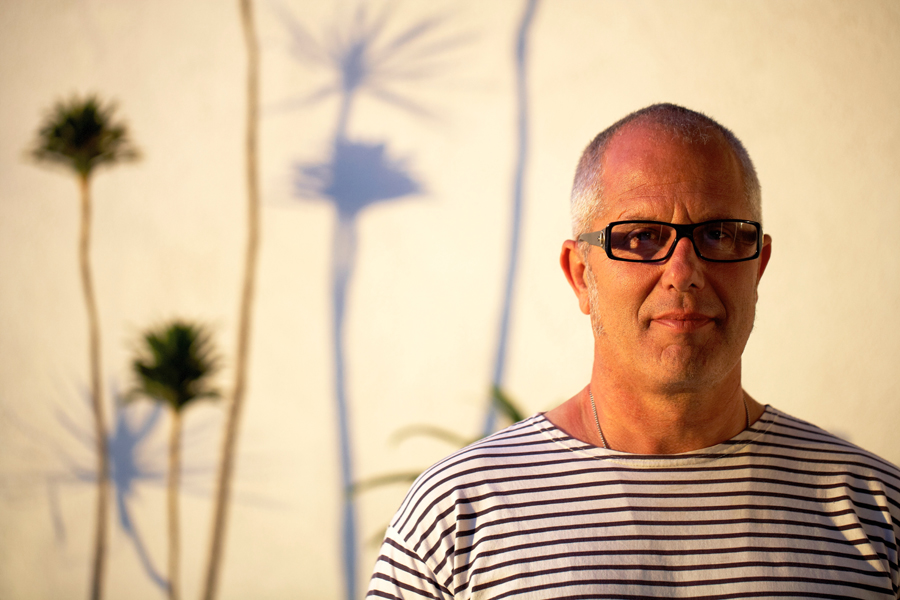PLANEfurniture emerges out of the idea that form should inspire; and these forms should function effortlessly. How does one suspend a body in air? Minimalism with character. Although there is rigor and formalism in the planning of PLANEfurniture, the finished pieces are casual, pleasing, and human-friendly. How we sit and how we see design is at the root of this collection. Sophistication and refinement do not preclude modesty and abbreviation. There is a deep pleasure that can be derived from simplicity. There can be a truly luxurious feeling aroused by humble handmade objects. There is a timeless dimension to PLANEfurniture. It attempts to echo the pioneering works of the modernist, avant-garde designers; yet it is contemporary, as all good ideas are. The furniture and objects from PLANEfurniture, because of their neutral forms and minimal physical and psychological space they occupy, coexist seamlessly with other good designs - even objects from an entirely different visual vocabulary, country of origin, or era.
PLANEfurniture is an idea whose time has come: the concept is to create unfussy, beautiful furniture that makes you think, holds your body, eases your mind, and sits well within your budget. Four series - the PLANKseries, WEDGEseries, BLOCKseries, and RODseries - round out the indoor/outdoor roster of planar wood and steel rod designs. The results are pieces that can populate any domestic interior and rekindle the pleasure of simplicity.
PLANEfurniture is in the permanent collections of SFMOMA, The Palm Springs Museum, and the Univesity of California, Santa Barbara (ADC, Architecture and Design Collection, Gebhard Archives).
Mark Lee, Johnston/Marklee architects:
Philip Guston once commented that when you begin working on a painting, there are a lot of people in the studio with you - your teachers, your friends, family, painters from history, critics, and everyone else in the room with you; one by one they leave, and eventually, if you are lucky, you leave too. Michael Boyd’s PLANEfurniture series is born of a creative process not unlike the one described by Guston. After decades of collecting, studying, and being immersed in the scholarship of modern furniture, Michael Boyd is creating furniture of his own. When looking at the pieces made of rudimentary planes, one could sense and deduce their historical lineage while remaining wholly original; an originality that evolved through erudition. If one has to imagine the process of how their forms came into being in Michael Boyd’s studio, one could tell that Rietveld was there, Schindler was there, Judd was there; but one by one, they all left the studio. And all that is left are the beautiful pieces that are of our time and of all time.
Thomas S. Hines, Urban and Architectural Historian, UCLA:
Many good designers seem to know from the beginning that design is their mission in life and they pursue it with monastic concentration. Later, after becoming professional designers, they may continue this focused existence, but their success also gives them the time and courage to branch out and explore the world - even the world of other designers whom they might have previously seen as “competitors.” They get interested in the history of design and of the other arts and they become engaged and enlightened citizens of the world. Michael Boyd has reversed this progression. After a
good liberal education at the University of California, Berkeley, where his parents taught, his success as a commercial music composer allowed him to focus on his intense connoisseurship of the arts, particularly of buildings, books and furniture. Now he himself has become a designer of all of those, especially of furniture. His striking new work contains memories of, affinities with, and homages to such masters as Rietveld, Breuer and Schindler, but the design voice is his own. Bravo to life’s reversals!
Michael Boyd, Designer:
When design is not neccessary, I don’t do it. I innovate as a last resort. I try, as Eva Zeisel has said, to “just get out of the way.”I have also taken her advice to “never create anything new.” Purely functional is the ambition. There is no need for embellishment or ego. Military-issue clothing is an inspiration - it has to perform in the field - as do military campaign chairs, mountain chairs, and Adirondack chairs. Archetypal classic chairs and objects have always been here because they serve a utilitarian purpose. They exist to serve. Creation for its own sake is superfluous. A simple, clear idea that works for a reason is enough to capture and sustain interest. I prefer an object to ask me a question rather than tell me a story. History offers a bigger pool than autobiography. Addition through subtraction, or what has been called reductionism, is nothing new - just like the forms. Refinement and calibration is the process by which simplicity and purity are achieved. The intricacy and nuance is provided by the lives that are lived in, on, and around the objects.

Click HERE for Michael Boyd's full bio.
|

